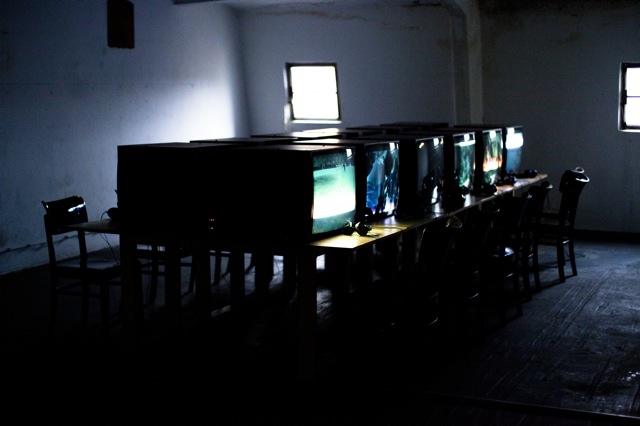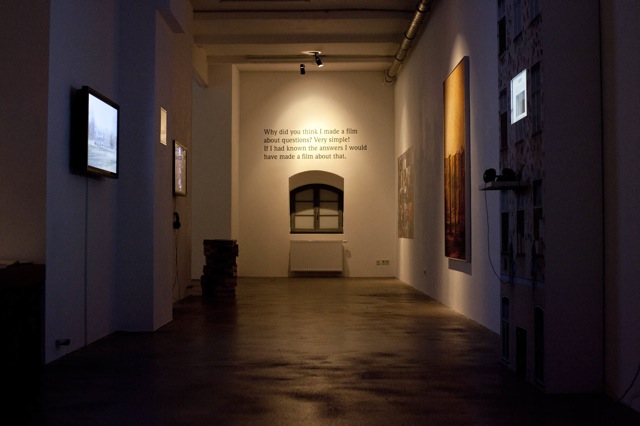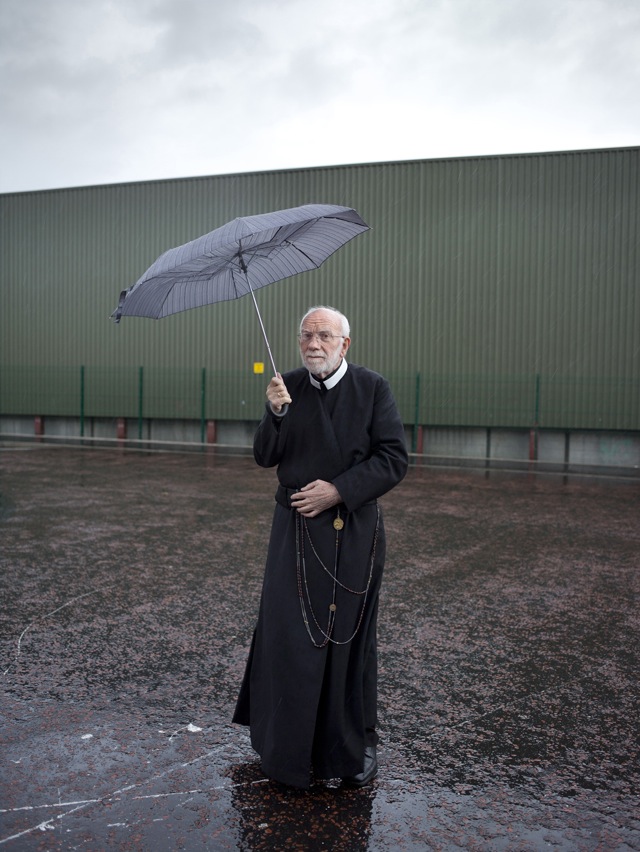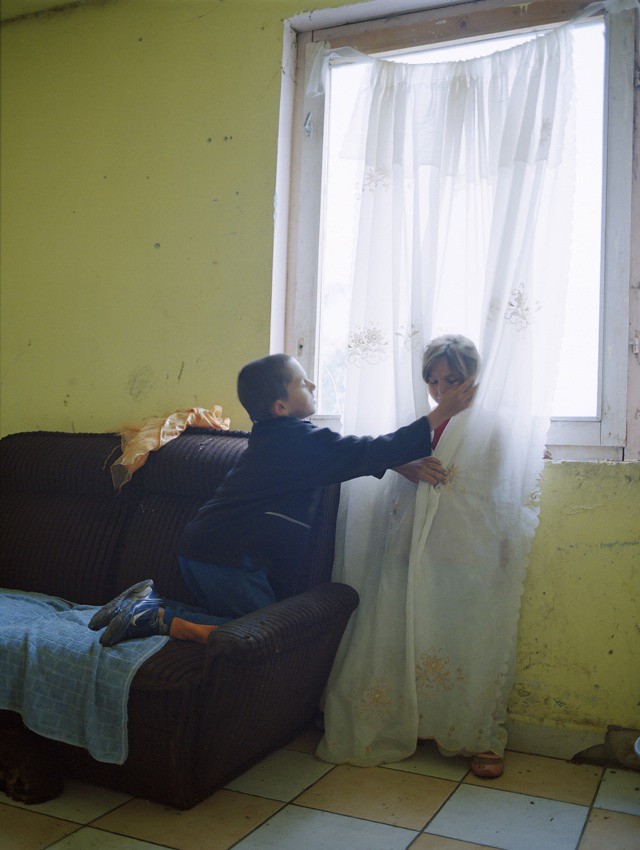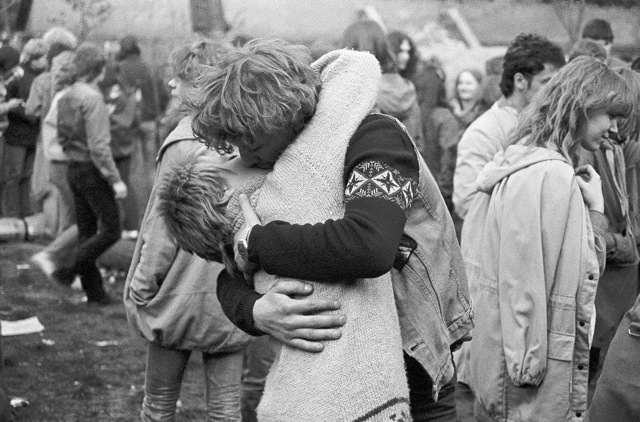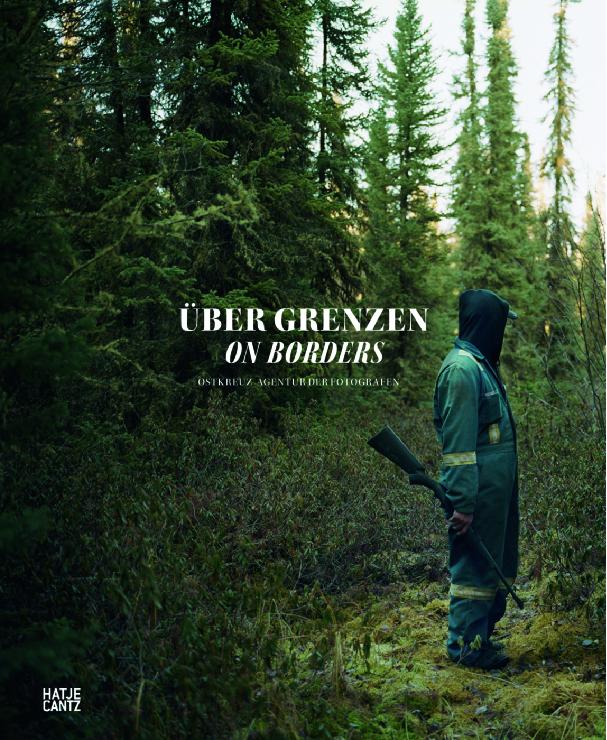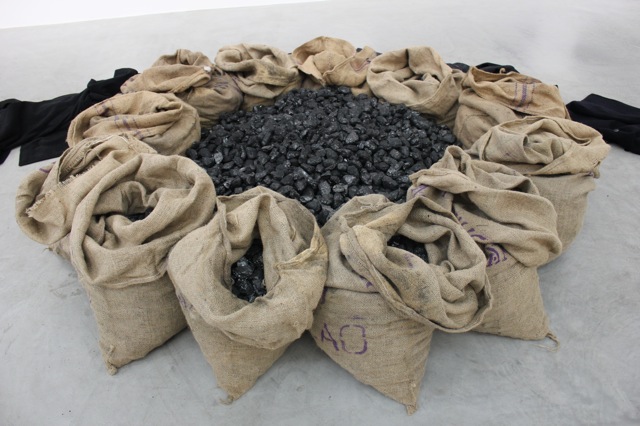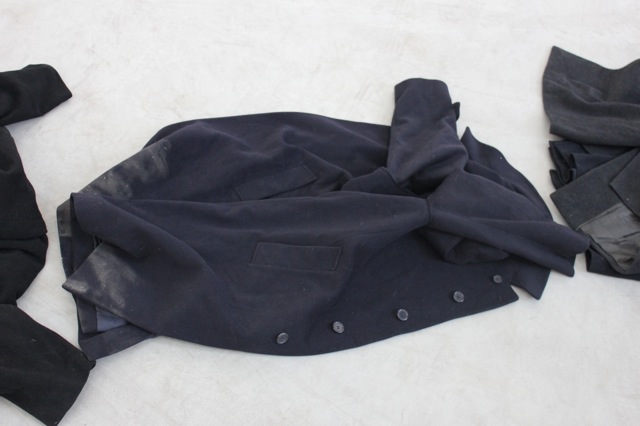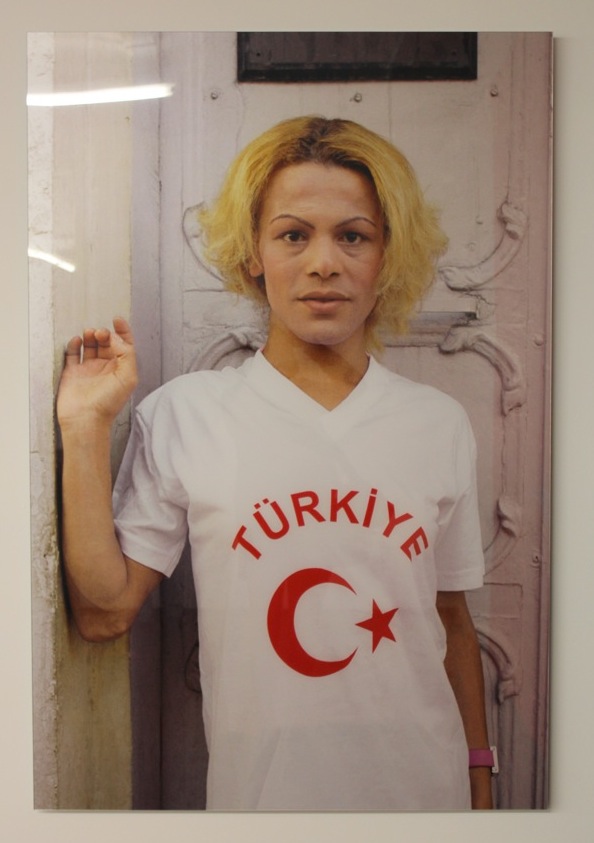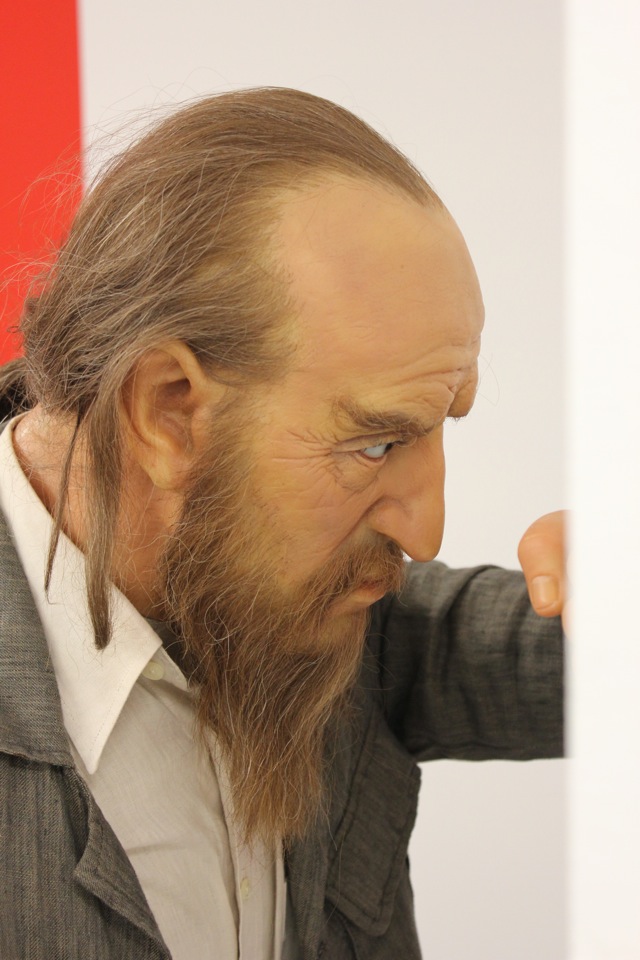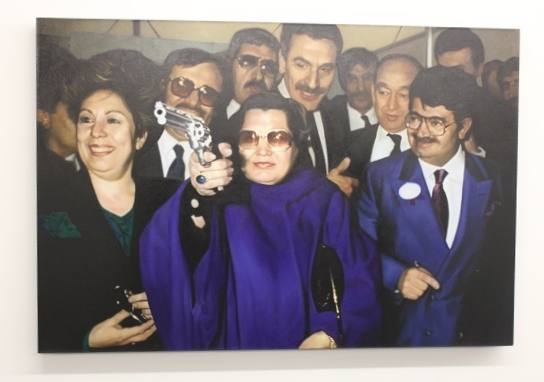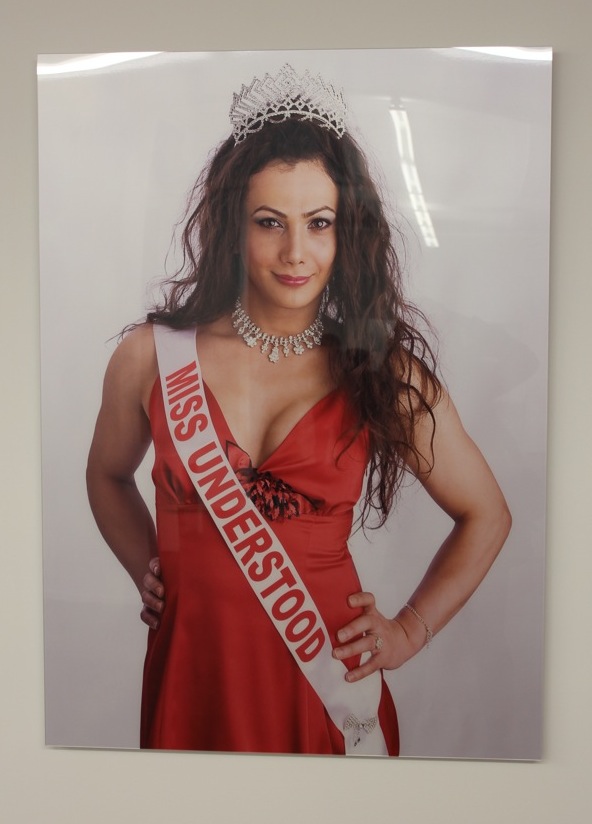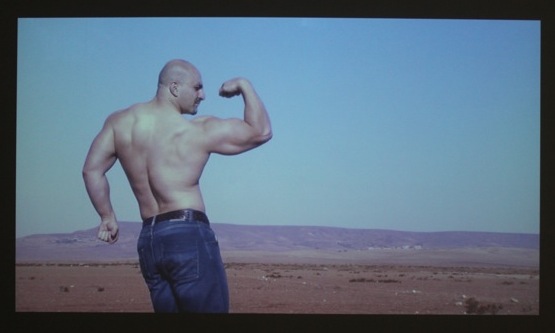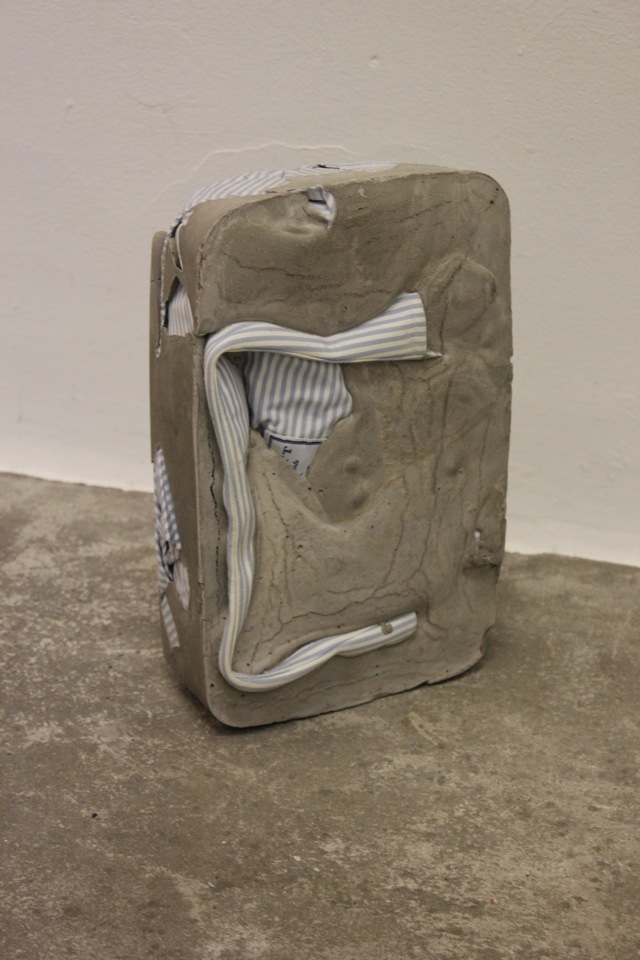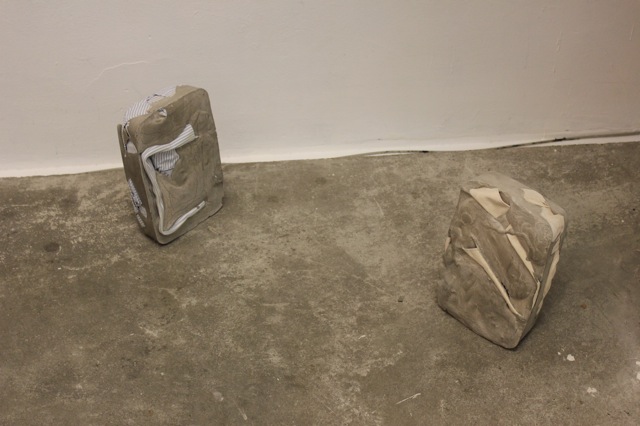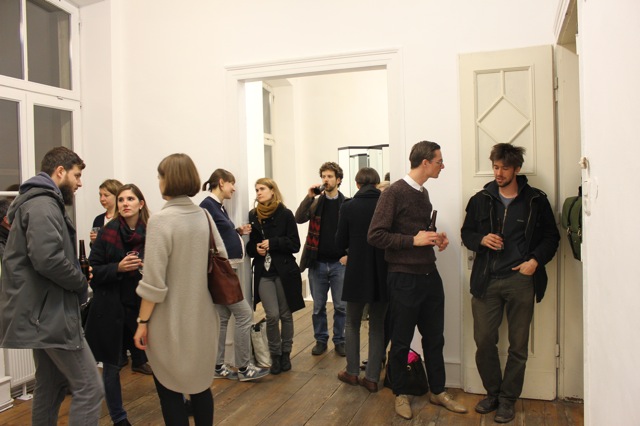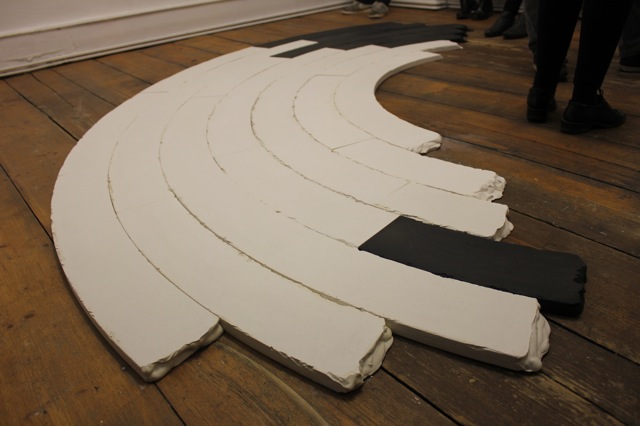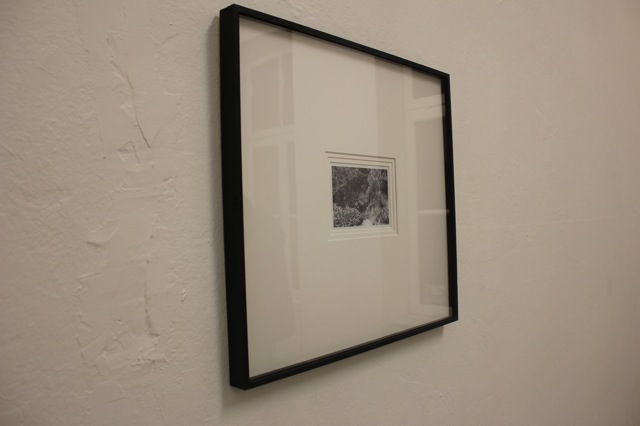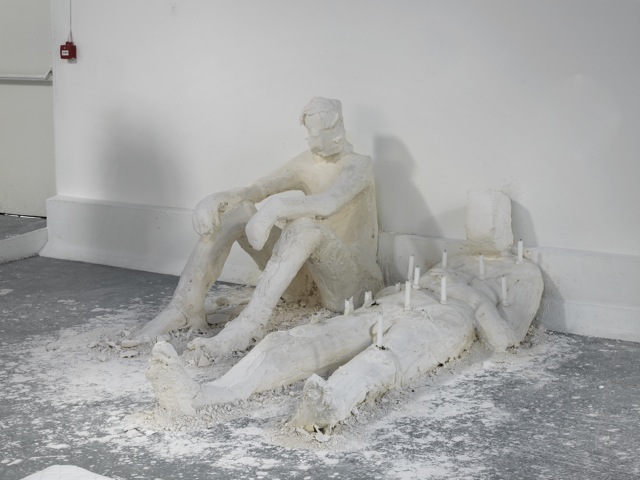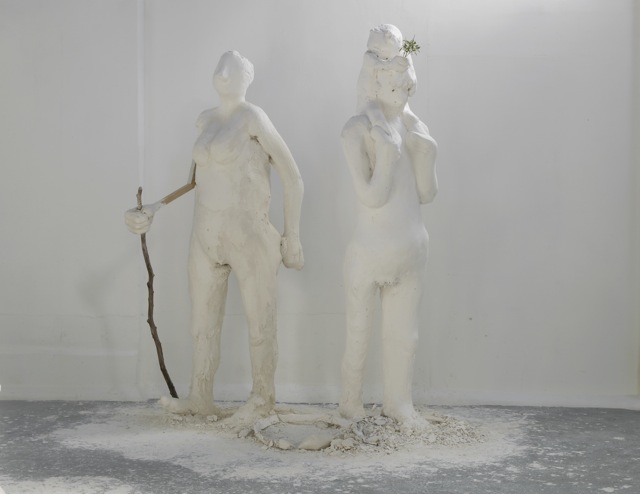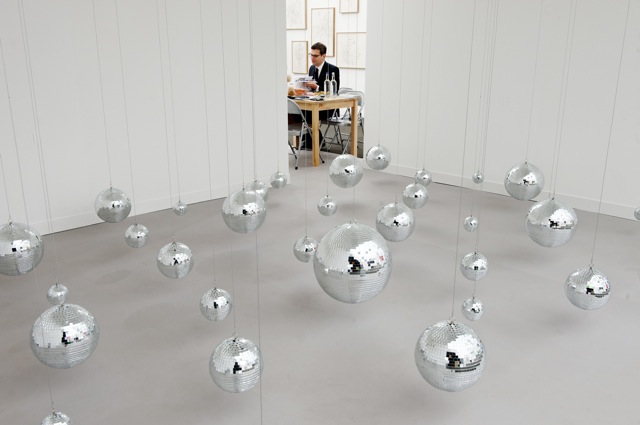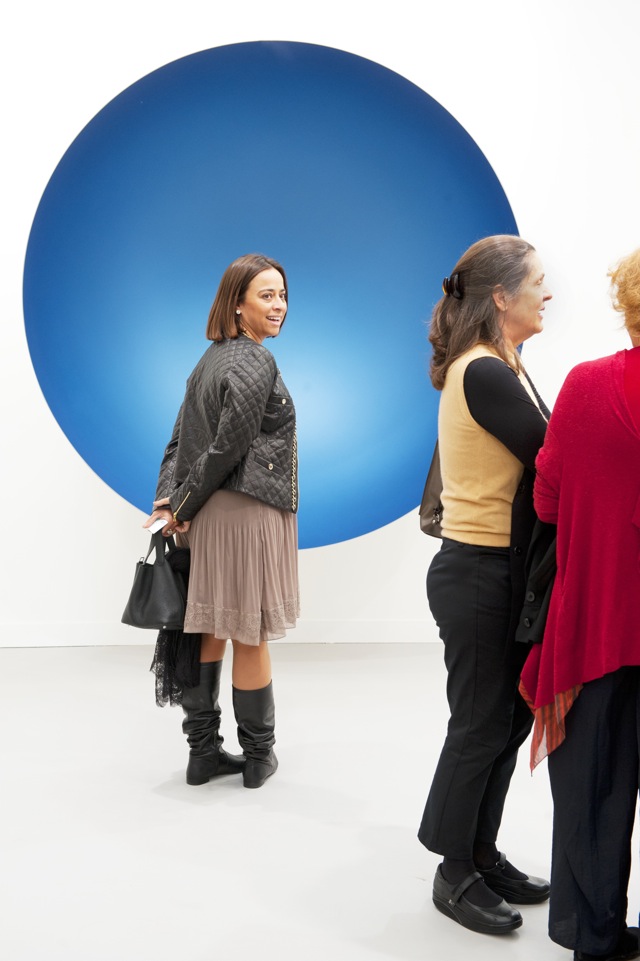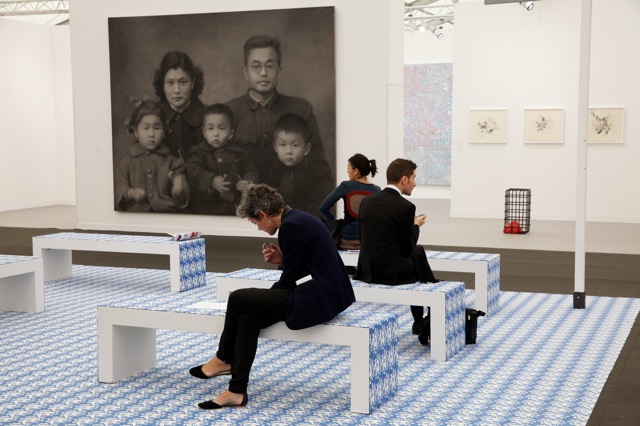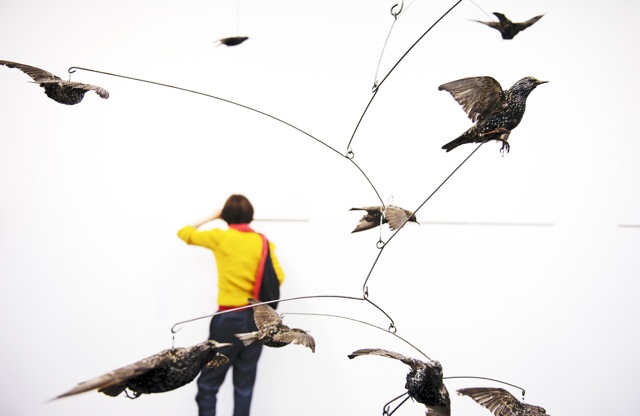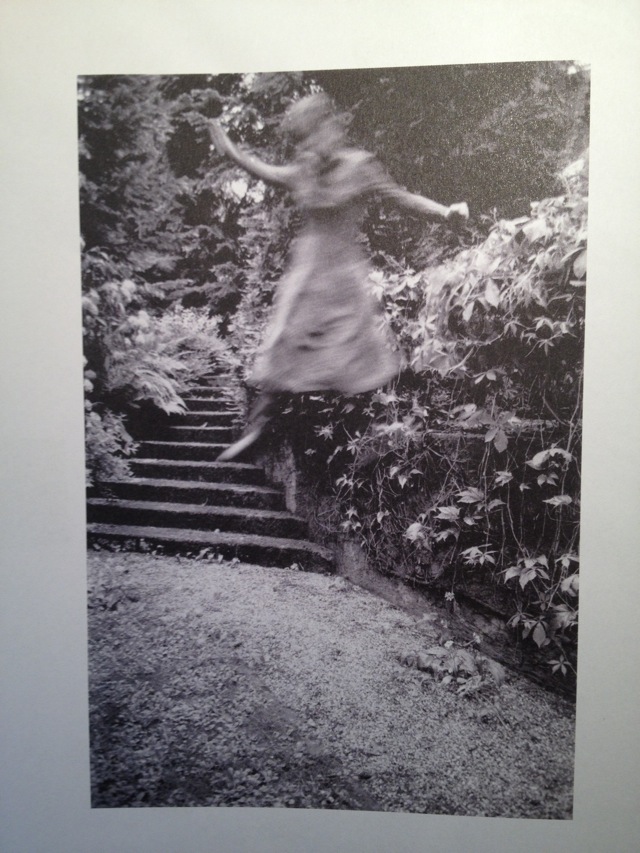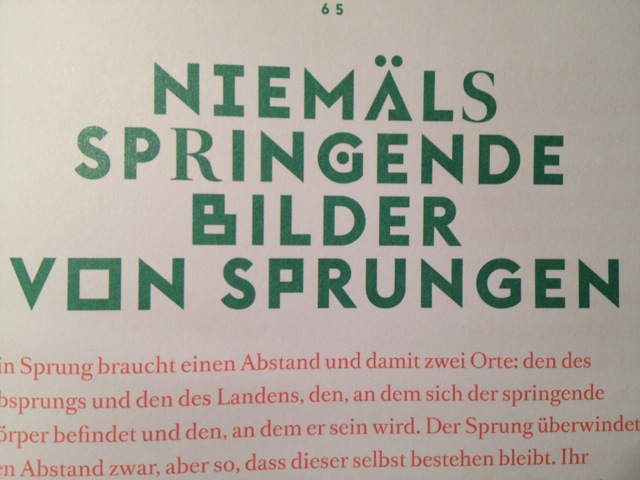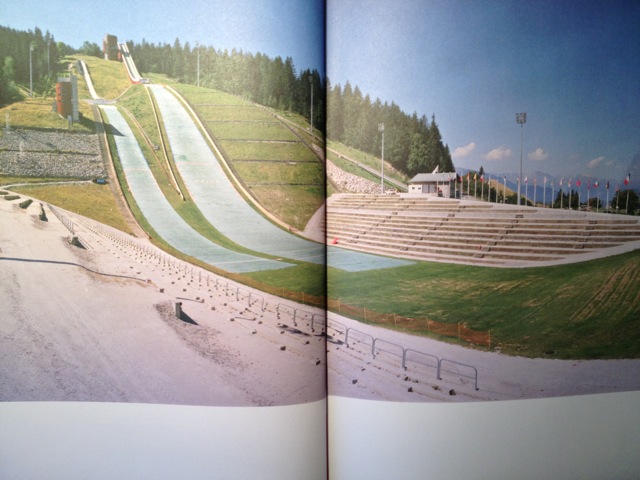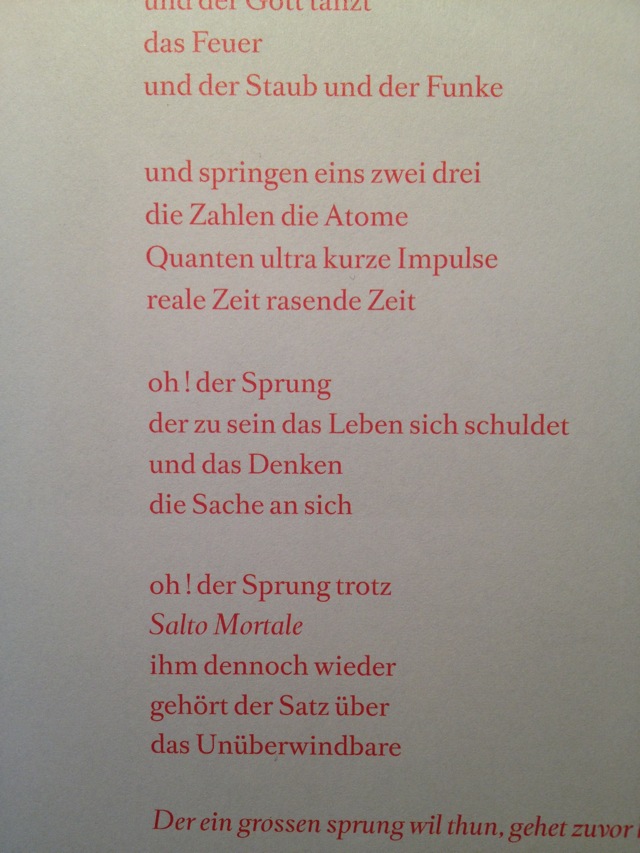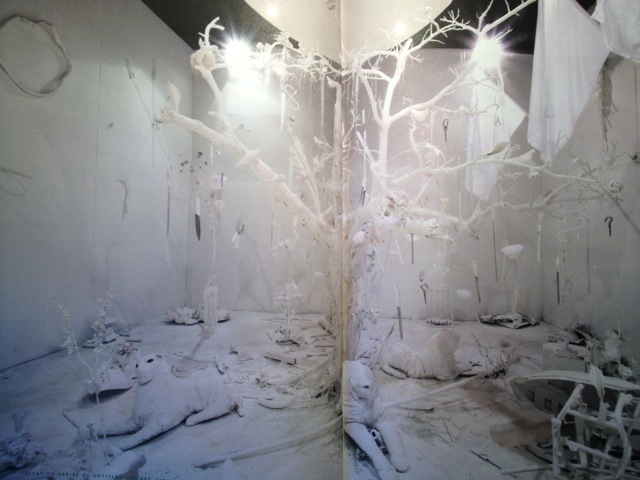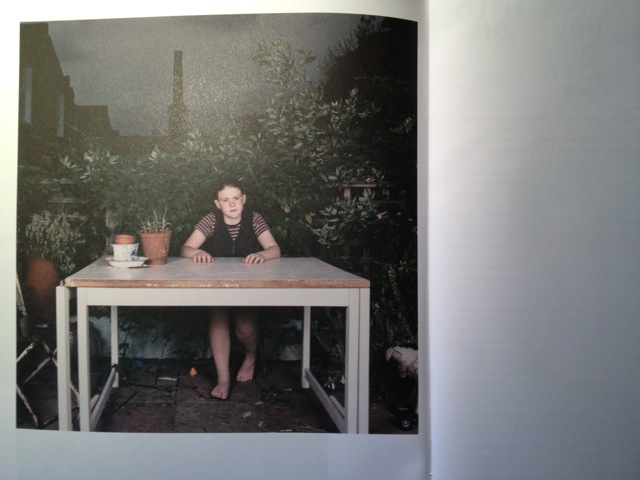
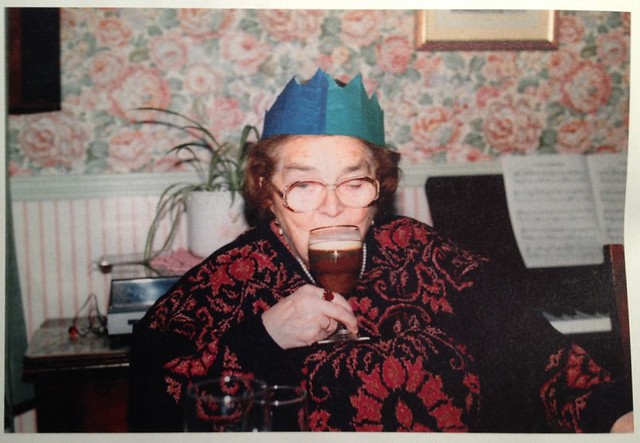
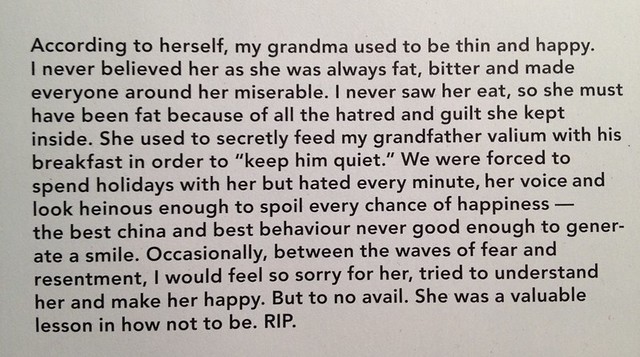
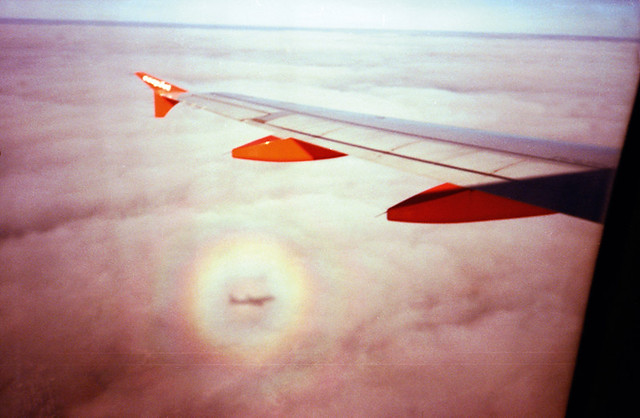
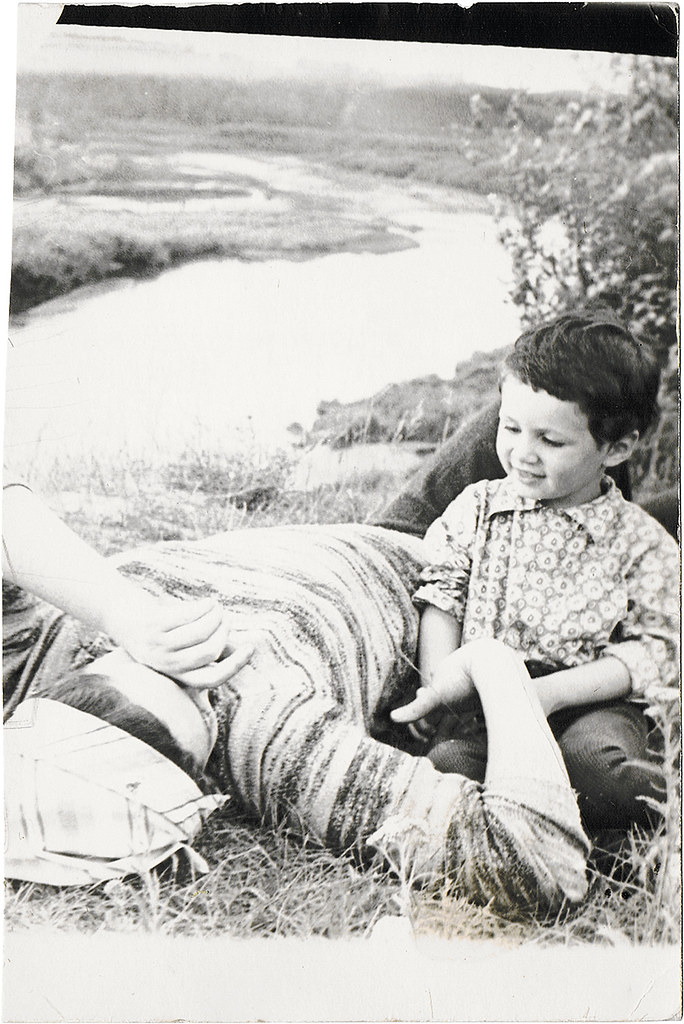
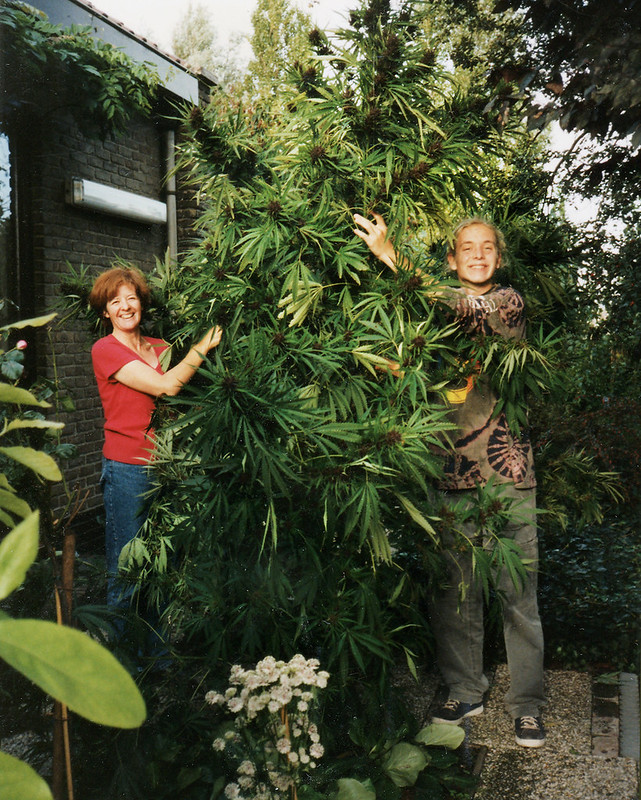
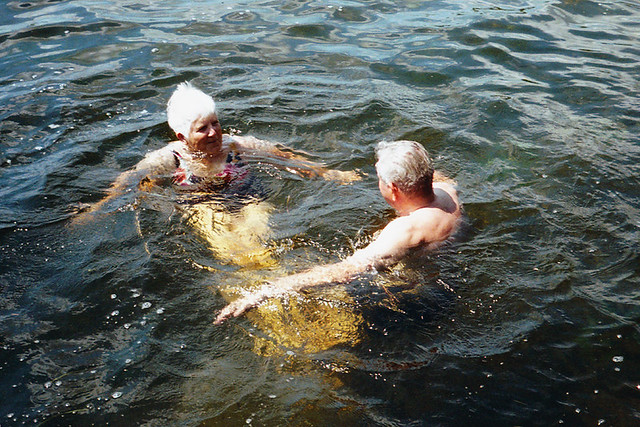
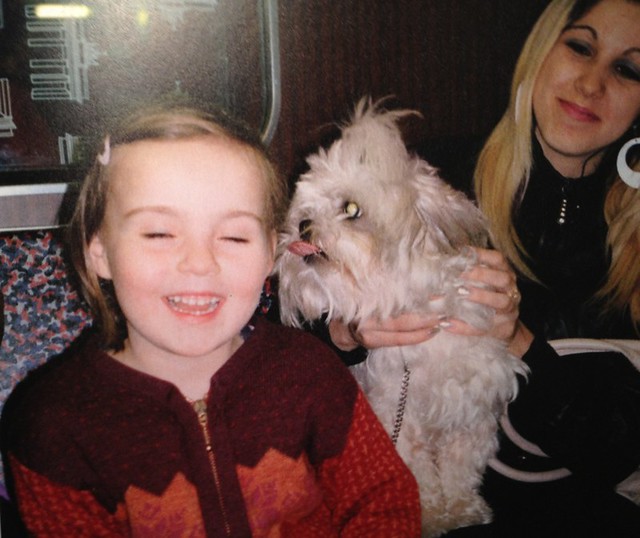
From the top: Gábor Arion Kudász — Hungary; Christopher Sharp - England, Uk; (Text) Christopher Sharp - England, Uk; Taiyo Onorato — Germany; Sonya Dyakova — England, UK; Jan-Dirk van der Burg — Netherlands; Aaron MacDonald — Canada; Detail) Iris Janke - Germany; images courtesy the artists and romka magazine
We live in a generation where instagram, pinterest, facebook and other photo suppliers reveal the daily visual dairies of thousands of strangers. We are overwhelmed by other people's privacy, feeding our voyeuristic greed. The Leipzig-based romka.magazine seems to have picked up on that trend, celebrating the purity of snapshots. Developed in a book series, the magazine shows the favourite photos from lots of professional and amateur photographers, including a little story about each picture.
With a minimalist and clear design, their seventh issue juxtaposes nostalgic photos of grandparents, of the photographers' youths, loved ones, random experiences or landscapes. The small stories take the reader to a scenic moment, like in the case of the little girl in the subway on Iris Janke's picture (above):
"We were all together on the subway. Alexander, Nicolas, Milena and me — the whole family. It was Sunday, totally crowded and my daughter Milena was so excited when this blonde Romanian girl with her dog came in and sat down next to her. I photographed the two of them together and this is the last picture I took before the girl and her dog got off the subway."
Other great shots are for instance by Christopher Sharp, who submitted a portrait of his grumpy grandmother (image and text above) or Jan-Dirk von der Burg's fantastic image of him and his mother standing next to their giant marihuana plant. romka.magazine leaves space for the ephemeral, for the inconspicuous - it highlights the exclusiveness of emotional value and delivers a comforting justification to why we seem to love looking at other peoples' private pictures and obviously our own dusty photoalbums - nostalgically tripping down memory lane.



